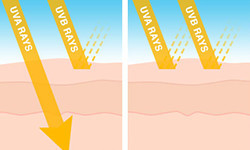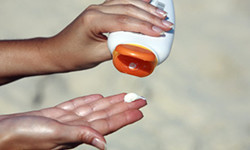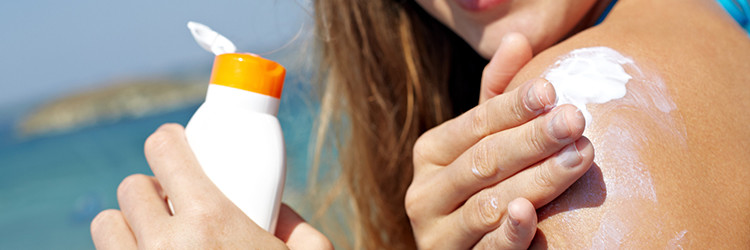The importance of wearing sunscreen regularly has been well established, so much so that if you ask your dermatologist to recommend the most important among all skin care tips, it is likely to be that you protect your skin against the sun.
With the rising incidence of skin cancers and the visible effects of sun damage on our skin, it is crucial for us to use a sunscreen that really works. Its ingredients and specifications best judge the efficacy of a sunscreen.
Here’s everything you need to know about the common ingredients in sunscreen.
1. The two types of sunscreen agents

2. Common ingredients in chemical sunscreens

1.Avobenzone
2.Titanium dioxide
3.Zinc dioxide
4.Oxybenzone
5.Octocrylene
Depending on the composition of the sunscreen, it offers varying degrees of protection against the harmful UV rays of the sun.
3. Levels of sunscreen filters

The UVA rays are responsible for causing skin cancer and premature ageing, while the UVB rays cause more superficial problems like sunburn.
Some of the chemical ingredients that offer complete and effective protection against both UVA and UVB rays are titanium dioxide, bemotrizinol and bisoctrizole.
The next time you’re in the market to pick up a sunscreen, make sure to look beyond the SPF count and go for a sunscreen that offers effective broad-spectrum coverage.
Reference links
1.Sunscreening Agents-https://www.ncbi.nlm.nih.gov/pmc/articles/PMC3543289/
2. Sunscreen Agent (Topical Application Route)- http://www.mayoclinic.org/drugs-supplements/sunscreen-agent-topical-application-route/description/drg-20070255
3. Topical sunscreen agents- https://www.dermnetnz.org/topics/topical-sunscreen-agents/














